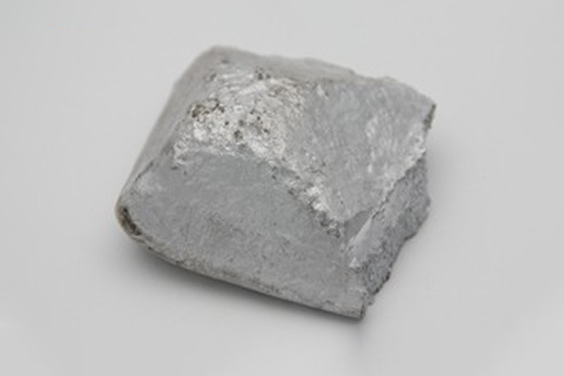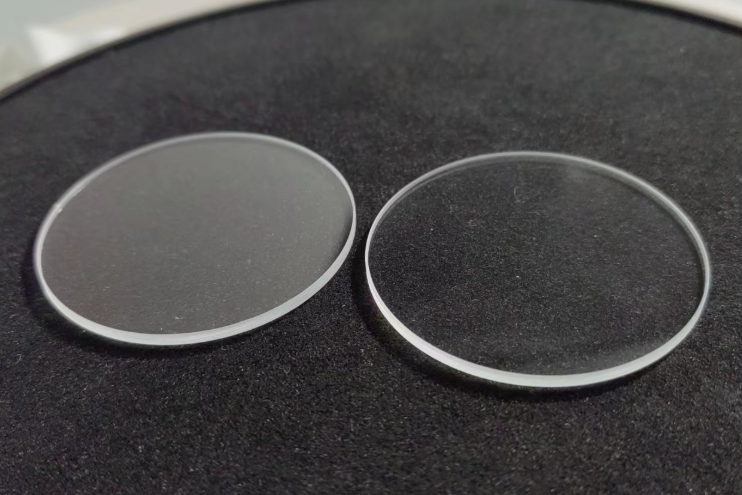
Dysprosium is a rare-earth element with a lustrous and silvery appearance. Like most other REEs, it belongs to the Lanthanide series. Its name was derived from the Greek word dysprositos which can be translated as hard to get. In 1886, a scientist Paul Emile Lecoq de Boisbaudran discorverd dysprosium. However, it was not until 1905 that Georges Urbain first isolated it.
There are seven isotopes of this rare earth element - they are 154, 156, 158, 160, 161, 162, 163, and 164 in terms of mass number. The most abundant isotope has a mass number of 164 and is represented as 164Dy, while the least abundant isotope is 156Dy.
Ninety-nine percent of the world's annual production of dysprosium comes from China. Other countries that produce dysprosium include the USA, Australia, Russia, and India. It is most commonly obtained from monazite sand. It can also be obtained from gadolinite, euxenite, polycrase, and fergusonite. Ion exchange and floatation processes are used to isolate dysprosium.
Dysprosium has similar properties to some rare-earth elements. These properties are responsible for its classification as a rare-earth element. However, it also has some properties that differentiate it from other rare-earth elements and make it unique.
Like other elements, its periodicity is responsible for its properties. In the periodic table, dysprosium belongs to period 6, f-block. Also, it is solid at room temperature. Its melting point is 1680 K, and its boiling point is 2840 K.
It features a lattice structure that is hexagonal and densely packed. Additionally, it possesses a powerful magnetic field. It is paramagnetic at roughly 179 K, antiferromagnetic between 87 and 90 K, and ferromagnetic between 87 and 90 K.
It has an atomic mass of 162.5 Like most metals, its density varies with its state. When it is solid, its density is 8.54 g/cm3. However, when it is liquid, its density decreases to 8.37 g/cm3. Dysprosium is electropositive, and its oxidation state is +3. As regards its chemical properties, it tarnishes slowly in a humid atmosphere, it is highly reactive with halogens at temperatures above 473 K, and it is easily soluble in H2SO4.
Due to its difficulty in isolation, dysprosium is typically utilized in mixtures with other metals. What are the uses of dysprosium in the world today, and how do its various properties make it suitable for these uses?
One of the dysprosium's most common applications is the permanent magnet. Dysprosium cannot be demagnetized at very high temperatures. The permanent magnets formed from dysprosium alloys can be used to manufacture electric cars and wind turbine generators.
Dysprosium is used in the manufacture of control rods used for nuclear reactors. This is because dysprosium can absorb many neutrons without undergoing fission. This property of dysprosium is its high neutron capture cross-section.
Data storage devices such as hard disks, floppy disks, compact disks, and flash drives can be produced with dysprosium alloys.
Dysprosium sputtering targets and dysprosium evaporation materials are used in deposition processes including semiconductor deposition, chemical vapor deposition (CVD) and physical vapor deposition (PVD).
Due to their magnetic properties, dysprosium alloys can be employed in ships' sound navigation and range systems. Dysprosium is therefore important to the marine industry.
Dysprosium is paramagnetic at specific temperatures, as was previously mentioned. It is the appropriate component for magnetic freezers because of this special characteristic. Magnetic refrigerators can reach very low temperatures.
Vanadium dysprosium alloys can be used in making laser devices. They are used in laser cutting, law enforcement, medicine, printers, and even communication.
Dysprosium alloys can also be employed in infrared devices. Infrared devices can be used for night vision, astronomy, weather forecasting, communication, and even medicine.
Dysprosium magnets are more corrosion resistant than the majority of their other counterparts. It is for this reason that it is sometimes used in place of Neodymium in the production of magnets.
When dysprosium is used to manufacture nanofibers, these nanofibers are very strong. These nanofibers can, in turn, be used to reinforce other products.
Dysprosium is used in the manufacture of dosimeters - a device that is used to measure ionizing radiation.
Obtaining dysprosium is challenging. In comparison to other rare-earth metals, this makes it relatively expensive. However, it is a highly sought-after rare-earth element due to its wide range of applications. It is necessary in a variety of industries including the maritime, automotive, biomedical, and telecommunication ones. In terms of toxicity, keep in mind that soluble dysprosium salts are slightly toxic when taken orally, but solid dysprosium is not toxic.
If you want to know more about rare earth elements, we would like to advise you to visit Stanford Materials Corporation (SMC) for more information.
Eric Loewen
Eric Loewen graduated from the University of Illinois studying applied chemistry. His educational background gives him a broad base from which to approach many topics. He has been working with topics about advanced materials for over 5 years at Stanford Materials Corporation (SMC). His main purpose in writing these articles is to provide a free, yet quality resource for readers. He welcomes feedback on typos, errors, or differences in opinion that readers come across.

 Inquiry List
Inquiry List


